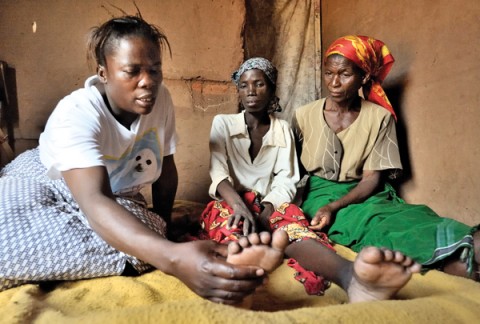The end of AIDS? Gains and challenges in fighting HIV: Gains and challenges in fighting HIV

Recent reports about the approval of Truvada, a drug that inhibits HIV infection, along with the story of a Seattle man, popularly known as the “Berlin patient,” who has reportedly been cured of AIDS, have generated hopes that the end of AIDS might indeed be near. But hints of an imminent cure have been heard before, and the wily virus has proved itself more clever than the scientists who plot its demise. The religious leaders, activists, caregivers and researchers who came to Washington, D.C., in July for the biennial International AIDS Conference warned that even if a cure is found, it won’t mean the end of AIDS.
“There’s a lot of excitement about new science, new processes that might someday yield a cure or a vaccine. As much as we want to celebrate and pursue those opportunities, we must not lose sight of the ‘software’ of the HIV response,” said Peter Prove, executive director of the Ecumenical Advocacy Alliance, referring to the many community-based programs that provide education, treatment and care while also combating the stigma and discrimination that make AIDS so deadly.
“We will not win this struggle against HIV with pharmaceuticals alone. It has to be fought at the community level, at the level of people’s attitudes, with the participation of those communities most affected,” Prove said.




